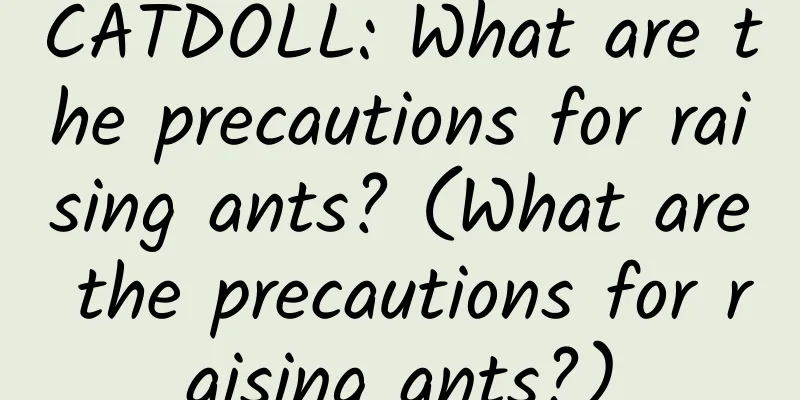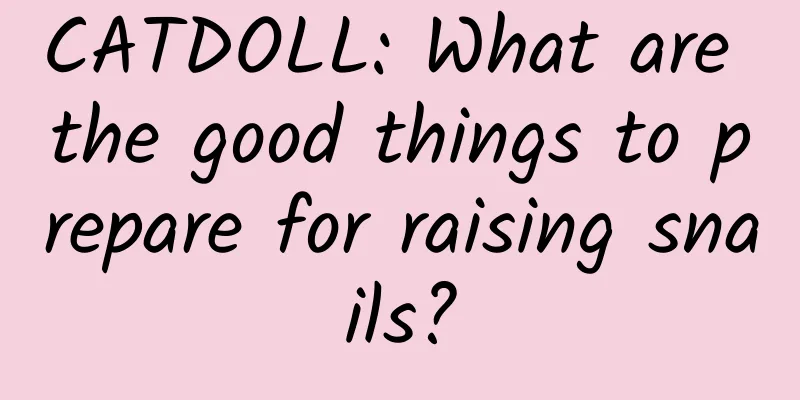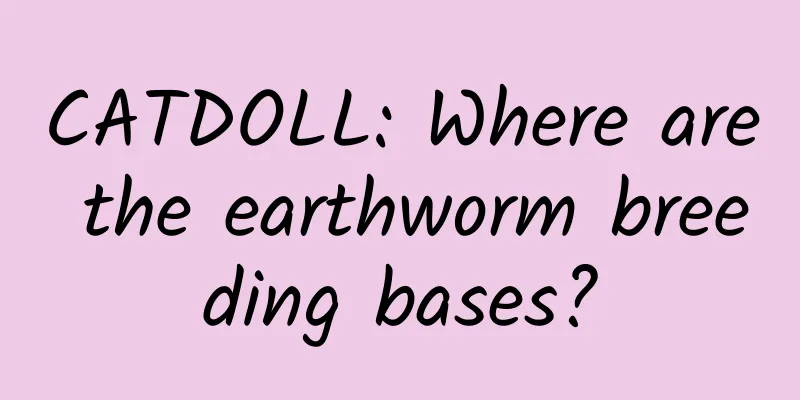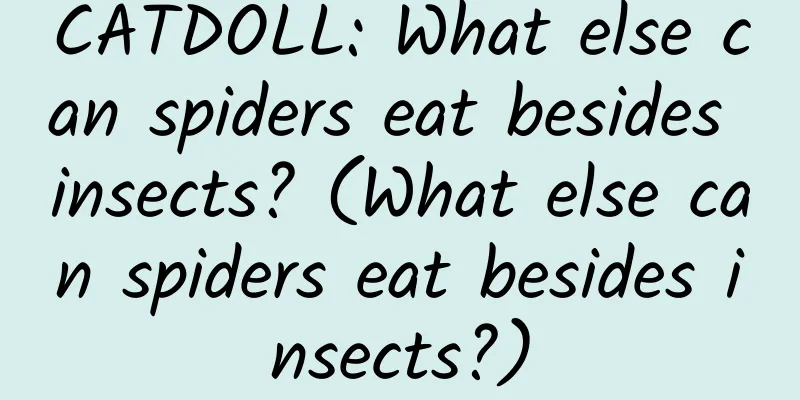CATDOLL : CATDOLL: What should I do if there are nest insects in the beehive? How to deal with them? There are also nest insects on the frame.
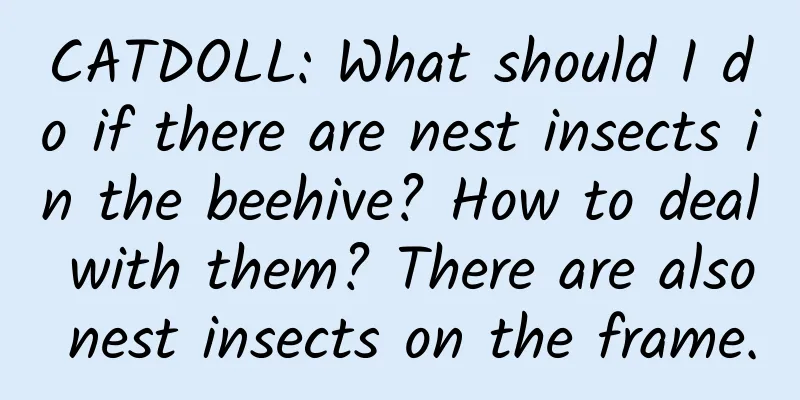
1. What should I do if there are nest insects in the beehive? How to deal with them? There are also nest insects on the frame.The bees that have nest worms are usually Chinese bees, and Italian bees are less likely to have nest worms. This is mainly related to the habits of Chinese bees. Chinese bees have the habit of liking new things and disliking old ones. They like new nests and hate old ones. At the same time, Chinese bees have another weakness, which is their poor nest cleaning ability, so they are prone to nest worms. The main reason why Chinese bees have brood moths is that there are too many old combs in the beehive. In order to fight against brood moths, Chinese bees often bite off the old combs and rebuild new ones. As a result, a large amount of wax scraps from the old combs accumulate at the bottom of the beehive, and these wax scraps often become a breeding ground for brood moths. If the beekeeper does not clean them, the brood moths will invade the combs and cause harm if the condition becomes serious. They will dig tunnels in the combs, kill the bee larvae, and cause white-headed pupae to appear in the bee colony. When raising bees, you can usually easily avoid nest insect damage by doing the following: 1: Raise strong colonies. Strong colonies have strong nest-clearing capabilities, and simple nest insects do not pose a threat to strong colonies. 2. Clean frequently and remove the wax scraps at the bottom of the hive regularly to prevent nest insects from breeding in the beehive. 3. Replace the honeycombs frequently. Replace them at least once a year to ensure that the honeycombs in the beehive are always fresh. This will not only reduce the risk of bees biting the honeycombs, but also reduce the accumulation of wax at the bottom of the beehive, which will naturally reduce the number of nest insects. 4: By regularly hanging green wood chips, the wood chips have a certain preventive effect on nest insects. They can be hung in the beehive during the non-production period to reduce the occurrence of nest insects. What to do if nest infestations appear? The first type: a single honeycomb is contaminated. Find the nest worms, pick them out with tweezers and kill them, or expose the whole honeycomb to the sun for a short time to avoid harming the larvae. If you find nest worms coming out, kill them. The second type: a few honeycombs are more serious. You can replace the contaminated honeycombs, increase the feed, and develop the habit of cleaning frequently, changing the honeycombs frequently, and raising a strong colony to solve the problem. The third type: Very serious, the whole colony is infected. In this case, all honeycombs and beehives can be replaced, and feeding can be strengthened. The replaced honeycombs can be waxed, and the whole bee colony can be soaked in medicine, washed and dried for later use. The beehives can be burned with a flame gun for later use. 1. Raise a strong colony. A strong colony has a strong nest-clearing ability, and simple nest insects do not pose a threat to the strong colony. 2. Clean frequently and remove the wax scraps at the bottom of the hive regularly to prevent nest insects from breeding in the beehive. 3. Replace the honeycombs frequently, at least once a year, to ensure that the honeycombs in the beehive are always fresh. This reduces the risk of bees biting the honeycombs and the accumulation of wax at the bottom of the hive, which naturally reduces the number of nest insects. 4. By regularly hanging green wood chips for nest insects, the wood chips for nest insects have a certain preventive effect on nest insects. Boys and girls will be attracted to each other. It is possible that he has a good impression of you, and he finds that you are also paying attention to him, so he will look at you more boldly. This kind of girl you meet in public places must also be paid attention to. If you like love at first sight, you can leave your phone number and WeChat to deepen your understanding of each other and get to know each other more deeply. If you only have a good impression, it is recommended not to have too much contact. You don’t know each other in casual encounters. It is possible that you don’t know each other well, so you should be cautious and get to know each other better. Boys and girls will be attracted to each other. It is possible that he has a good impression of you, and he finds that you are also paying attention to him, so he will look at you more boldly. This kind of girl you meet in public places must also be paid attention to. If you like love at first sight, you can leave your phone number and WeChat to deepen your understanding of each other and get to know each other more deeply. If you only have a good impression, it is recommended not to have too much contact. You don’t know each other in casual encounters. It is possible that you don’t know each other well, so you should be cautious and get to know each other better. 2. What kind of insect is this? It is inside the beehive and the net. Many bees have died and there is no honey. What should I do?It should be the larva of the greater wax moth, a type of moth. For more information, please check "Bee Nest Insects" This is a common insect found in food. Honey, this is a bee, a wild bee that hasn't grown wings yet. It looks like a silkworm...but it's definitely not a silkworm Nest worms! Eliminate the nest worms in the combs and add new ones! You can buy nest worm removal wood chips for prevention 3. What are the methods to prevent and control bee nest insects?If the nest worms are large, just use tweezers to remove them. If the nest worms are small, just put wood chips to prevent them, and the prevention effect will be better. The harm of nest insects The wax moth is the larvae of the wax moth and is the main enemy of the Chinese bee. It feeds on wax scraps and drills into the bottom of the nest cell to eat the honeycomb. It gradually drills holes in the cell wall and spins silk, making it impossible for the bee larvae to seal their caps when they reach the pupal stage or the caps are destroyed after sealing, resulting in "white-headed pupae", which often causes the bee colony to escape or a large number of sealed pupae to die. The specific steps are as follows: 1. Start with feeding management 1. Raising strong flocks Strong colonies have a strong resistance to nest insects. The basic method of raising strong colonies is to keep sufficient honey and pollen on the combs at all times, to have a reasonable division of labor within the colony, and to ensure that there are more bees than combs or that the number of bees is proportional to the combs. In this way, even if the bee colony is harmed by nest insects, due to its strong colony strength and large brood area, the area harmed by nest insects is relatively small, and the loss is not obvious, so it will not affect normal beekeeping production. (II) Selecting high-quality queen bees Chinese bees generally change queens twice a year. Most bee farms breed their own queens and maintain self-breeding and self-feeding for many years, which leads to the degeneration of the species in the farm, and the decline of the queen bee's ability to maintain colony strength, lay eggs, and resist diseases and enemies. Therefore, bee farms with conditions generally introduce a high-quality queen every two years to enhance the genetic advantages of the bee farm and improve the ability of the bee colony to resist diseases and insect pests. 3. Eliminate the living space of nest infestation, cut off its breeding path, and severely control nest infestation ⒈Replacing new combs and eliminating old combs in time can effectively eliminate the living space of nest worms. Chinese bees like new combs and hate old combs. The queen bee will lay eggs on new combs first; if the combs are too old, the worker bees will bite off the black and old combs. When the worker bees bite the combs, wax residues accumulate at the bottom of the hive, providing a favorable living space for nest worms. Therefore, in the daily management of the bee farm, the bottom of the beehive should be cleaned frequently to collect wax residues, redundant combs, and old combs, and the wax should be melted in time. ⒉ Kill the eggs and larvae of beekeeping equipment such as beehives and honeycombs in time. Use an alcohol blowtorch to bake the beehive to completely eliminate the eggs and larvae of beehives hidden in the gaps of the beehive. At the same time, put the extracted honeycombs in a cold storage below -7℃ (usually in the north, move the honeycombs outside and freeze them overnight in winter). Freezing for 5-7 hours can also kill the larvae and eggs hidden in them. In addition, honeycombs produced by Chinese bees often contain eggs and larvae of beehives, and freezing can achieve better results. ⒊ Timely elimination of the adult wax moths, wax moths, can also prevent the breeding of wax moths. There are generally more wax moths in summer and autumn. Wax moths often drill into beehives through the gaps and nest doors at night and lay eggs on wax residues. First, repair old beehives, block the gaps in the beehives, cover or close the nest doors with straw in the evening to prevent wax moths from crawling into the hives at night. Second, beekeepers should often use fly swatters to swat wax moths. Third, take advantage of the phototaxis of wax moths. After dark, in the room where the beehive tools are placed, use a flashlight to illuminate a corner of the wall to attract wax moths, and kill one when you find one. Fourth, mix sugar with pure The sugar wax slurry with a ratio of 1:1 beeswax is placed in the bee farm to attract wax moths to come and suck them, causing them to drown in it. It can also kill some wax moths and reduce the density of nest insects. However, it must be collected during the day to prevent worker bees from coming to feed and causing bee theft. ⒋ Carefully search for the worms on the honeycomb and kill them. After finding the tunnels of the invaded honeycomb, use tweezers to remove the worms and kill them; or soak the honeycomb in cold water to kill the worms; for those small worms that have not yet bored out of the tunnels and live on the powder honeycomb, you can shake them off and put the honeycomb in the sun. When the worms see the light, they will immediately crawl onto the surface of the honeycomb and be removed and killed with tweezers. Although the above methods can completely kill the worms, you should be careful to prevent the loss of the queen bee. 2. Drug prevention and treatment (I) Fumigation method. The extra honeycombs and replaced beehives should be stored and fumigated in time. Method 1: Use 5-10 grams of sulfur dioxide per box to produce smoke, and fumigate the beehives and empty honeycombs for 30 hours. Method 2: Use 90% glacial acetic acid (glacial acetic acid) or 96% formaldehyde vapor to fumigate the honeycombs and beehives for 30 hours, which can effectively kill the overwintering larvae and pathogens in the gaps. (ii) Soaking method: Soak the beehive and empty honeycomb in 5% lime water or 1% caustic soda solution for 30 hours, then wash and dry them to eliminate the overwintering nest insects hidden in them. (III) Chinese herbal medicine for preventing and controlling nest insects. Method 1: Soak 20g of Stemona tuberosa in 500ml of 60% or more liquor and leave it for 7 days. Dilute the extract with clean water and spray it on bees and honeycombs. Spray it once every 3 days, 3-4 times is better. Method 2: Put about 10 star anise fruits in each box, which can also prevent nest insects from breeding. However, the smell of star anise fruits disappears easily and should be replaced frequently. |
<<: CATDOLL: How to control ants
Recommend
CATDOLL: Freshwater fish that eat shrimp? Freshwater fish?
1. Freshwater fish that eat shrimp? Tilapia is om...
Can a two month old cat take a bath?
Cats two months old cannot be bathed. Kittens have...
CATDOLL: Firefly Artificial Breeding Technology (Firefly Artificial Breeding Technology Video)
1. How to breed black fireflies 1. Breeding equip...
CATDOLL: There are a lot of small water fleas in the fish tank. Can they be dealt with?
1. There are many small water fleas in the fish t...
CATDOLL: Cost and profit calculation and business strategy of pig farming
Pig farming is a promising and profitable agricul...
CATDOLL: How to castrate shrimp?
1. How to castrate shrimp? Pickled shrimp Materia...
CATDOLL: What types of fruit trees are suitable for raising cicadas (pictures of what types of fruit trees are suitable for raising cicadas)
1. What kind of tree is best for breeding cicadas...
CATDOLL: What are the techniques for grouper culture in earthen ponds? How should daily management be carried out?
1. What are the techniques for grouper culture in...
CATDOLL: How are clams raised in supermarkets? What is the salinity of the brine?
1. How are clams raised in supermarkets? What is ...
CATDOLL: When is the flowering period of the zapota
1. When is the flowering period of the flower? Fl...
CATDOLL: Where to keep red worms (where is the best place to keep red worms)
1. Can I keep the red worms I bought in the soil ...
CATDOLL: How do centipedes give birth to baby centipedes?
How do centipedes give birth to baby centipedes? ...
CATDOLL: How to treat sick silkworms (How to treat sick silkworms)
1. What is the best way to prevent diseases in si...
CATDOLL: What to do if you can’t sell your farmed cockroaches?
1. How to breed and sell Dubia cockroaches? Feedi...
CATDOLL: How much do Australian freshwater crayfish seedlings cost?
How much do Australian freshwater crayfish seedli...
